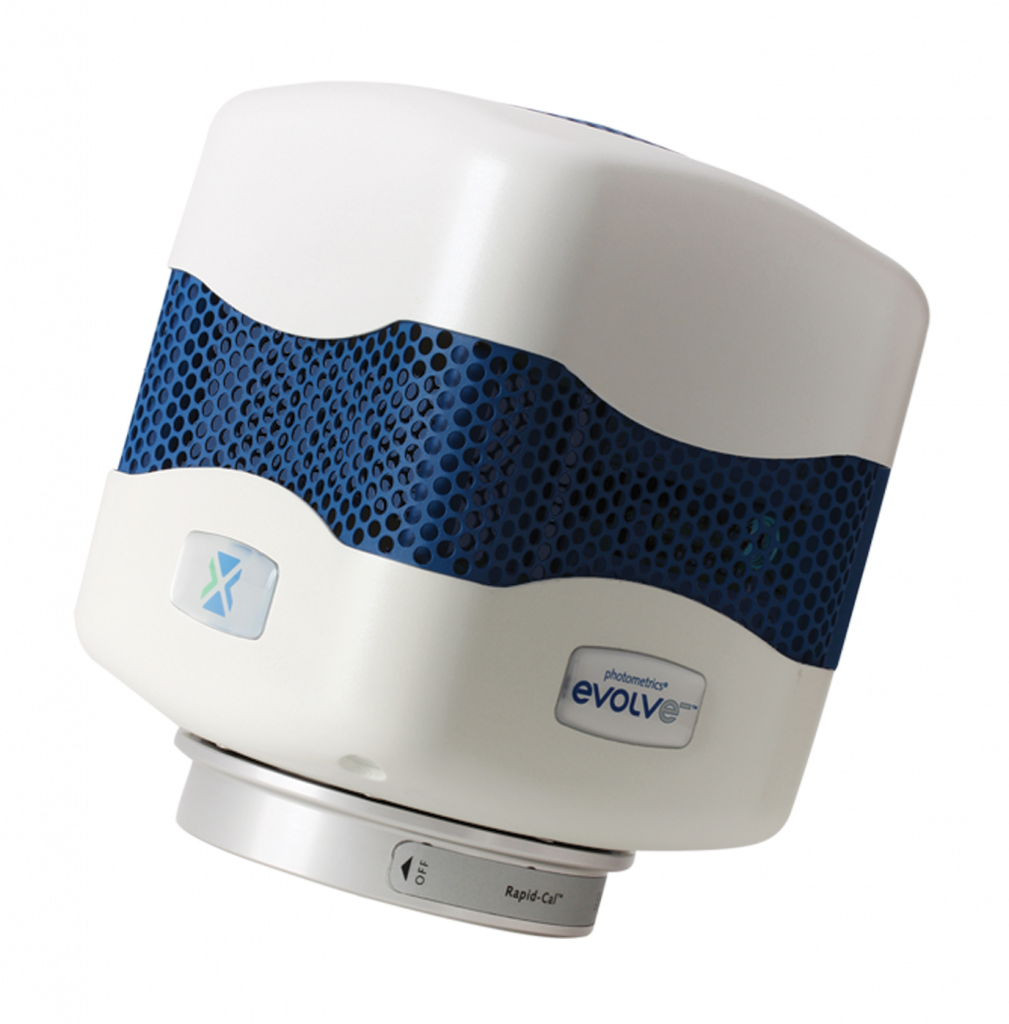Thomas Pucadyil, Principal Investigator
Indian Institute of Science Education and Research
Background
Research in the Pucadyil lab at the Indian Institute of Science Education and Research is focused on understanding how proteins involved in vesicular transport manage to sort membrane proteins and bud out vesicles from cell membranes. The team approaches this area of research by reconstituting partial reactions that contribute tobudding and scission of transport vesicles from model membranes that mimic native cell membranes.
Challenge
The challenge in this type of research is twofold. Since vesicular transport proteins constitute a large fraction of the genome of typical eukaryotes, the first challenge is determining the combination of proteins which is sufficient to catalyze a particular vesicular transport process. The team typically begins with a list of proteins prescribed in contemporary literature and then work their way down to defining the minimal set of proteins that can achieve either membrane budding or scission.
Once the minimal set of proteins is identified, the second challenge is to devise new assay methods and model membrane systems to visualize the actual pathway these proteins take in order to catalyze the processes using real-time, fluorescence-based approaches. The primary objective is then to define the necessary conformational changes that theparticipating proteins undergo in order to impose forces that will bend membranes to bud out vesicles.
The remarkable sensitivity and the ease with which the Evolve 512 can be calibrated has been of tremendous practical value to our research.
Solution
The lab implemented the Photometrics Evolve® 512 EMCCD camera (new series now available) which was recommended by colleagues who were engaged in fluorescence-based detection of conformational changes in single molecules. Pucadyil shares, “The remarkable sensitivity and the ease with which the Evolve camera can be calibrated has been of tremendous practical value to our research.”
“Our work primarily involves low light imaging of fast reactions. The
sensitivity afforded with the Evolve camera has allowed us to practically visualize vesicular transport reactions at extremely low light exposure and obtain accurate kinetic parameters with minimal photo damage.” Pucadyil summarizes, “The Evolve 512 camera is a great value for money and a must for any lab engaged in high sensitivity fluorescence imaging.”

Further Information
Additional information about the Indian Institute of Science Education and Research is available at:
